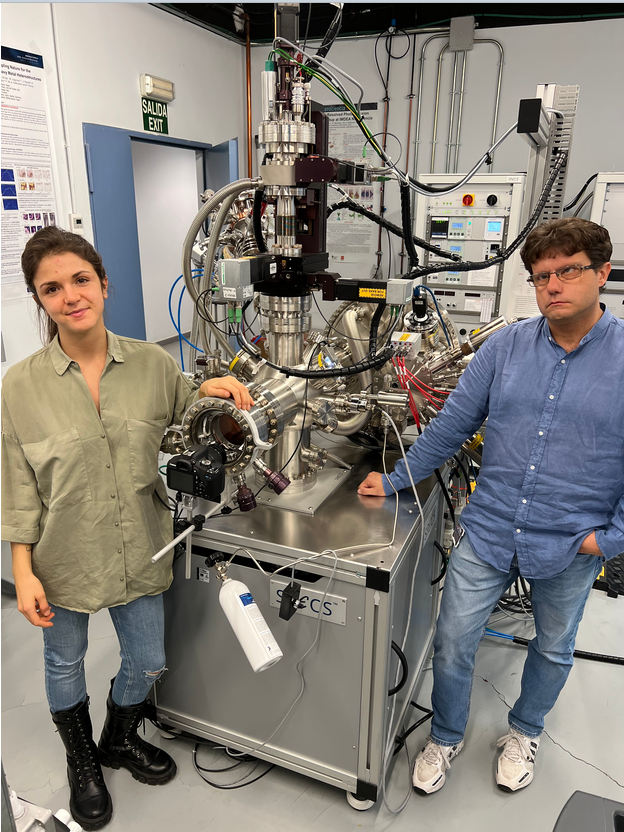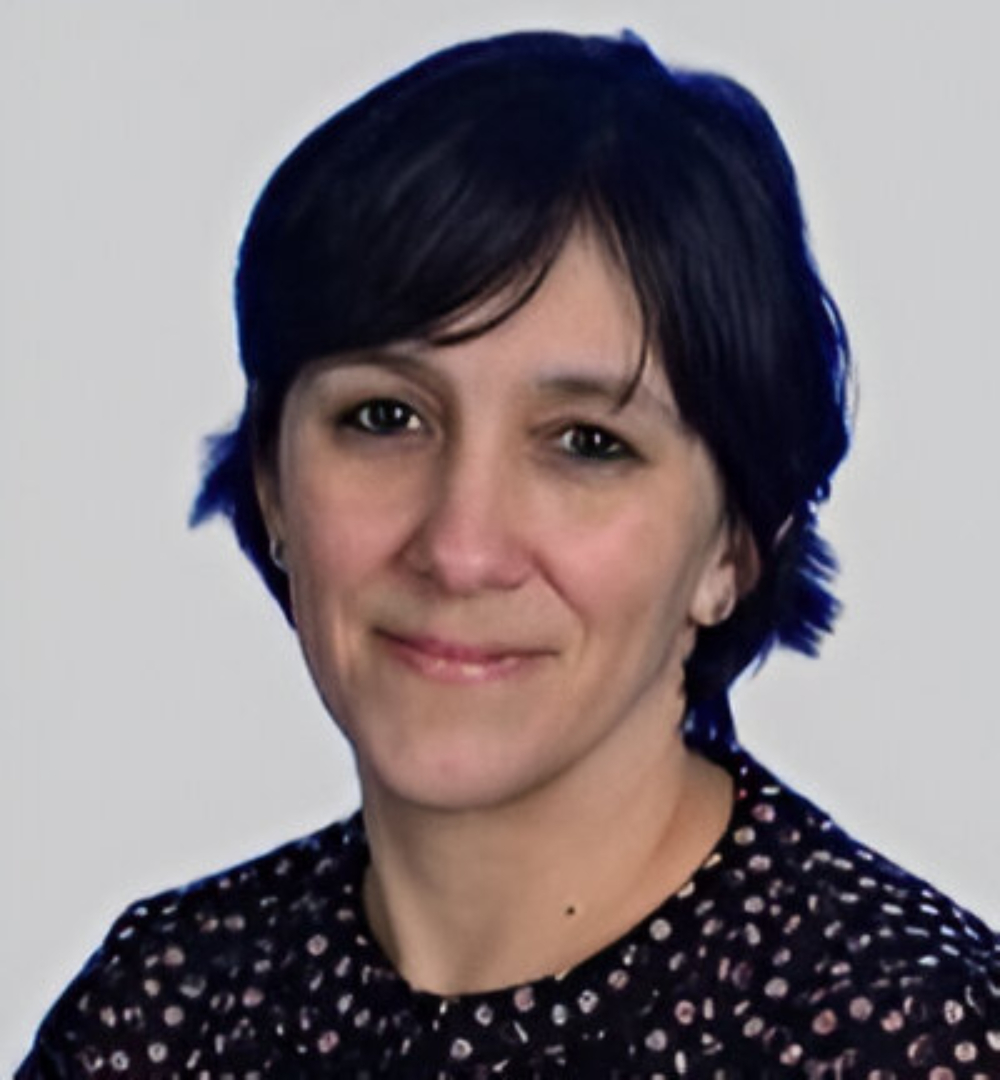Spin Resolved-ARPES
 The Spin- and Angle-Resolved Photoemission Spectroscopy (Spin-ARPES) laboratory was installed and commissioned at the beginning of 2021 and is devoted to the study of the electronic structure and emergent phenomena in two dimensional (2D) materials. The research lines of the Spin ARPES group are related to some of the most relevant current topics in condensed matter physics and materials science, and that have to do with the study of the electronic origin of emerging phenomena arising from the interplay between low dimensionality and strong spin-orbit coupling. This research is carried out both with in-house experiments at the Spin-ARPES laboratory at IMDEA Nanociencia and in the some of the outstanding ARPES beamlines in Synchrotron Radiation facilities as Alba (Barcelona), Elettra (Trieste, Italy), Soleil (Paris) or Bessy (Berlin). Our investigations are complemented with the study of magnetic properties by X-ray magnetic circular dichroism (XMCD), structural characterization (collaboration with STM groups at IMDEA) and electronic structure calculations in collaboration with different theory groups.
The Spin- and Angle-Resolved Photoemission Spectroscopy (Spin-ARPES) laboratory was installed and commissioned at the beginning of 2021 and is devoted to the study of the electronic structure and emergent phenomena in two dimensional (2D) materials. The research lines of the Spin ARPES group are related to some of the most relevant current topics in condensed matter physics and materials science, and that have to do with the study of the electronic origin of emerging phenomena arising from the interplay between low dimensionality and strong spin-orbit coupling. This research is carried out both with in-house experiments at the Spin-ARPES laboratory at IMDEA Nanociencia and in the some of the outstanding ARPES beamlines in Synchrotron Radiation facilities as Alba (Barcelona), Elettra (Trieste, Italy), Soleil (Paris) or Bessy (Berlin). Our investigations are complemented with the study of magnetic properties by X-ray magnetic circular dichroism (XMCD), structural characterization (collaboration with STM groups at IMDEA) and electronic structure calculations in collaboration with different theory groups.
Among the research lines initiated since the creation of the laboratory:
- Graphene 2D heterostructures for electronics and spintronics.
- Electronic structure of 2D topological quantum materials (transition metal dichalcogenides, transition metal correlated oxides).
- Magnetic topological insulators.
- Electronic structure of 2D metal-organic frameworks.





